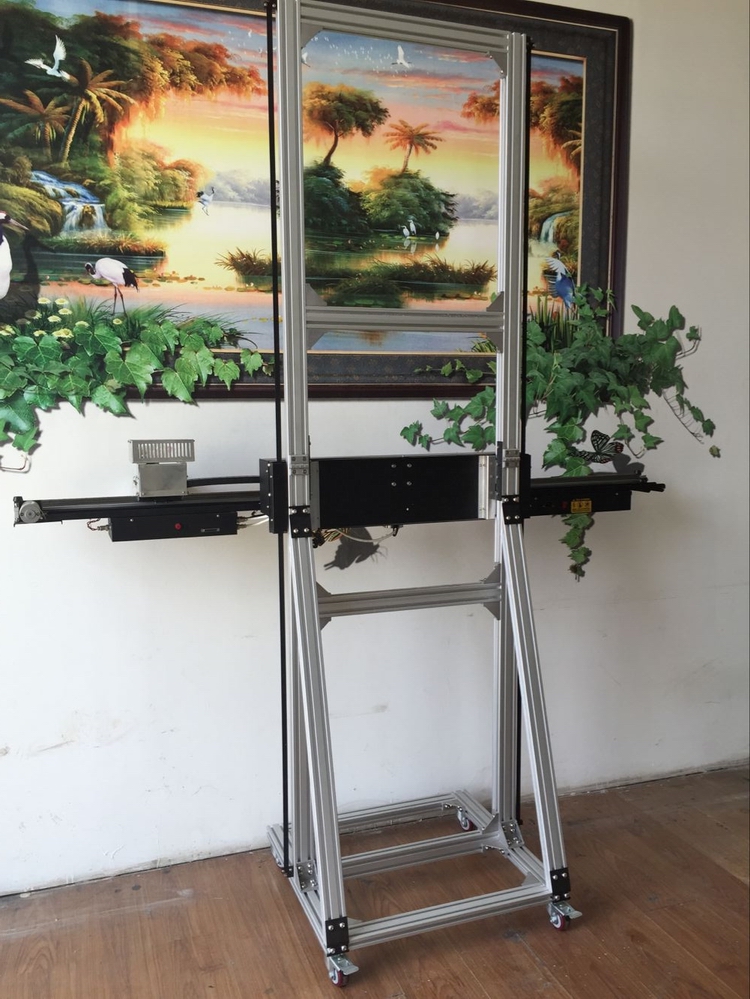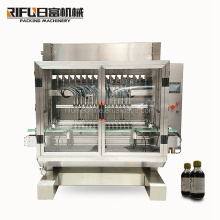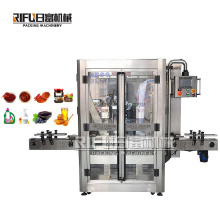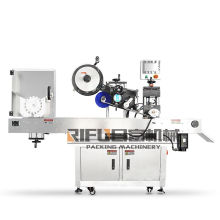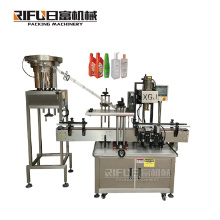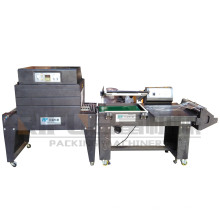The magic of the 3D printer is that it can print plastics and resins, as well as printing more unusual materials such as metals and ceramics. Of course, the difference in printed material means that the printing technology that matches it is different. So, among different 3D printing technologies, who is better at printing speed and accuracy? Today, we might as well do a horizontal comparison with the author to see who is going to spend it.
Five types of 3D printing technology speed PK war: Who will be the home?
Fused Deposition (FDM)
FDM, also known as fuse deposition, is one of the most common 3D printing technologies. Many consumer desktop 3D printers use this technology and use PLA or ABS wires. Its working principle is to heat and melt the filamentous hot-melt material and extrude it through one or more fine nozzles to form a cold solidified layer.
FDM 3D printing technology
This has the advantage that the printing system can be used in an office environment or in a home, once formed and easy to operate. The unique water-soluble support technology makes it easy to remove the support structure. The wire required for 3D printing is easy to handle and replace, and the color is rich. Insufficient, FDM technology is poor in molding accuracy, and the surface finish of the printed object is also To be improved, the molding speed is slow.
Stereolithography (SLA)
SLA technology contrasts sharply with FDM technology. The 3D printer with SLA technology has a light-transmitting window (usually glass) located on the bottom of the resin pool. The printing platform is lowered close to the window, and the gap in the middle is a liquid resin. Ultraviolet rays shine through the glass to irradiate the resin, allowing a very thin layer of resin to quickly polymerize into a solid.
The printing speed of SLA technology will increase with the intensity of UV light, and the polymerization speed will also increase. However, this does not mean that the sooner the better, the faster it will cause the cured resin to stick to the glass window, causing it to stick to the printing platform and cause the print to fail. In fact, the real impact on the printing speed is not resin polymerization, but the mechanical movement of the platform, because there is a pause in the printing process.
Of course, there is no one hundred percent perfect thing in the world. For a long time, the resin will absorb the moisture in the air, causing the soft and thin parts to bend the wings. In terms of consumables, the types of materials that support SLA printing are limited. They must be photosensitive resins, and have certain environmental pollution and even skin irritation. In addition, support structures must be designed for the printed objects to ensure that each structure is produced during the molding process. Can be reliably positioned. In spite of this, the advantages of SLA printing technology are still significant, with high printing accuracy, stable system operation and high resolution, and a smooth finished surface.
CLIP, Polyjet and HP Multi-Jet Fusion Technology
CLIP technology
If SLA greatly enhances the accuracy and speed of 3D printing, the following CLIP technology can be said to be a high-end version of the continuous liquid interface production technology. The entire 3D printing process has no pauses. The technology, launched by Carbon3D, can speed up the 3D printing process by 25-100 times. Using light and oxygen to continuously eject the model from the resin material instead of the conventional layer-by-layer printing, it is referred to as a "continuous liquid interface production process."
CLIP technology has broken the predicament that 3D printing accuracy and speed can't have both. The continuous irradiation process makes the printing speed no longer affected by the number of slicing layers, but only depends on the polymerization speed and the viscosity of polymerization when irradiated with UV rays, and the slicing layer thickness determines the surface precision of the final product. It has been experimentally verified that a smooth surface that is indistinguishable to the naked eye is printed at a micron slice precision. Currently, the CLIP technology prototype 3D printer can print objects of 50 to 25 centimeters, and the prospects are limitless.
Polyjet Technology
Objet Geometries introduced the Polyjet technology in 2000. It uses non-contact resin processing and water jet cleaning support materials. Its working principle is to spray the art photosensitive polymer layer by layer onto the building tray in an ultra-thin layer state. Each layer of photopolymer material is irradiated with UV light immediately after being sprayed, and can be immediately handled and used without subsequent solidification.
In fact, the advantage of Polyjet technology is not its print speed, but rather the hybrid jet of multiple materials. High print quality, precision jetting and building material properties ensure fine detail and thin walls. On the consumables, non-contact resin loading/unloading makes it easy to remove the supporting material and it is easy to replace the spray head, which is more suitable for the office environment. In addition, the wide range of materials can be applied to parts with different shapes, mechanical properties, and colors. All types of models use the same supporting material, making it possible to change materials quickly and easily.
HP Multi-jet Fusion 3D Printing Technology
Finally, let's talk about HP's Multi-Jet Fusion technology that was launched in late 2014. The astonishing feature of this technology is that based on HP's existing thermal ink jet technology, the nozzle is made into an array with a small aperture and a very high density. A one-way movement of the nozzle can complete a layer of sprayed material. .
In fact, Multi-Jet Fusion technology aims to solve the three major problems facing the current 3D printing technology: speed, accuracy, and cost. The way it works is very interesting: first spread a layer of powder, then spray the flux, and at the same time spray a fine agent to ensure the fineness of the edge of the printed object. Afterwards, apply a heat source once again, and this layer will be successful, and so on until the 3D object is completed.
Multi-Jet Fusion's printing speed will be more than 10 times faster than any 3D printing technology on the market, but also taking into account the accuracy and strength. To that end, Hewlett-Packard provided a set of statistical data, using their new multi-nozzle melting technology to mass produce 1,000 gears in just 3 hours, and using high-quality laser sintering equipment requires at least 38 hours. In addition, its injection system can eject up to 350 million droplets per second with print accuracy of up to 20 microns.
With China HAE Wall printer you can color and animate your home environments. You can print on wall, reproduce directly onto walls any colors images favorite, changing and
render unique your intimate spaces. As a digital fresco, but you can choose the photos. Any digital file you want, any size you prefer and any surface you have, Then Mural Printer and canvas printing machine can print it out in high quality colors durable, Direct to wall inkjet printer can be used in homes, offices, hospitals, schools, restaurants and cafes, Gyms, shipping centers , Childcare centers etc.
Wrapping machine Co., Ltd. http://www.lnsuccess.com
